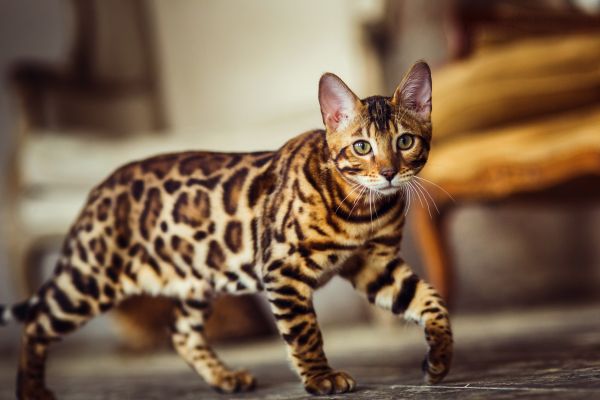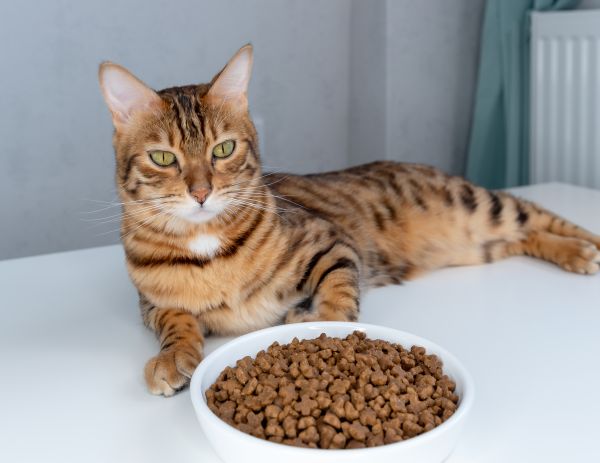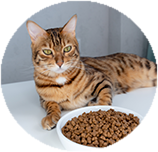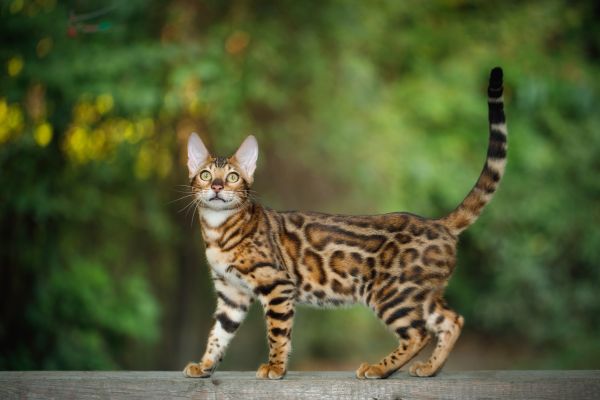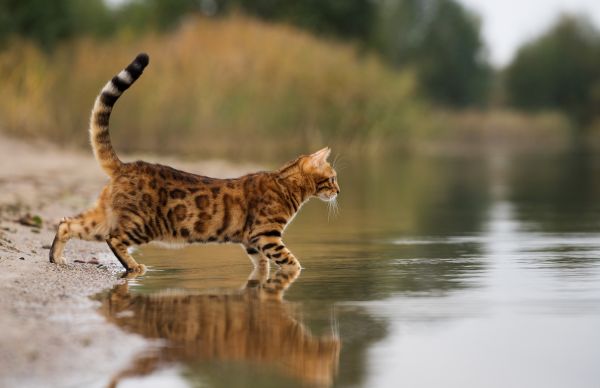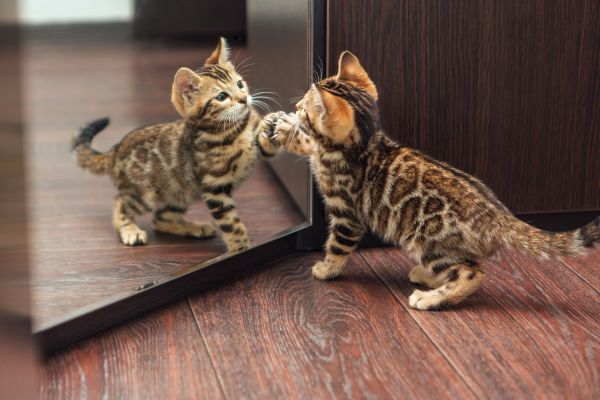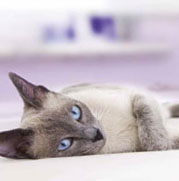Find out everything you need to know about neutering your…
Read more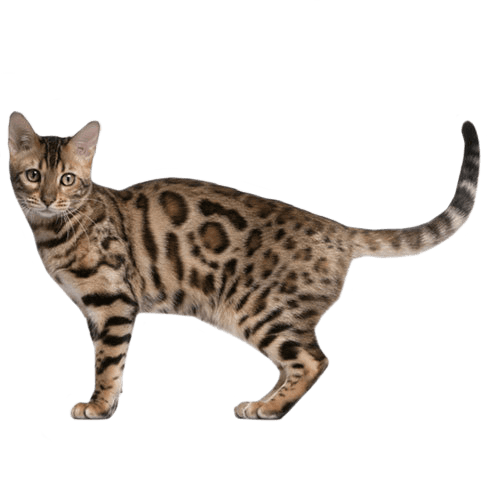
A mischievous and intelligent breed with endless energy
The handsome Bengal is a modern, hybrid breed with origins tracing back to a cross with a domestic and a wild species, the Asian Leopard Cat. The result? A wild-looking domestic cat with a taste for adventure! Bengals are incredibly intelligent and endlessly energetic, with a bit of a mischievous streak.
Vital Stats
| Size: | Medium to large |
|---|---|
| Coat: | Sleek and glossy, leopard-like coat |
| Life span: | 12 – 16 years |
| Personality: | Intelligent, adventurous, loyal |
coat Life span 8+years
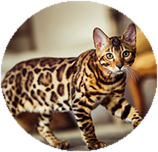
Bengal Personality & Temperament
A Bengal cat is loyal and loving, and in return for plenty of active play and attention, they’ll reward you with affection and amusement.
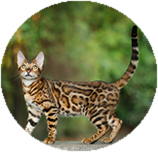
Bengal Grooming & Coat Care
Bengals’ leopard-like coat is easily recognised among cat lovers. Despite this cat’s exotic colouring, their features are similar to other domestic cats.
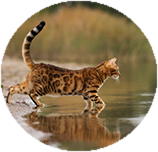
Bengal Training & Behaviour
This lively and intelligent cat is lots of fun to train - if you can put the time in!

common illnesses in a Bengal
Common Bengal Health Conditions
As a cat owner you will want what’s best for your pet’s health so they can live a long, happy life. Like all breeds, Bengals are prone to certain health conditions. To help you be more aware and prepared for these potential ailments if they should arise, we have put together information on the health issues that we see the most in Bengals.
Common Bengal Health Conditions
Eye conditions +
Like all cats, the Bengal can suffer from eye problems such as glaucoma (caused by increased pressure inside the eyeball); cataracts (opacity of the lens); entropion (inward rolling of the eyelids); retinal problems; or conjunctivitis (inflammation of the insides of a cat’s eyelids). Of these, Bengals are most prone to conjunctivitis, which has various causes including infections, scratches to or something within the eye’s surface, a lack of tear production, allergies, or entropion. Treatment of each eye condition depends on the type and severity of the problem, although many are treated using eyedrops.
Infections and abscesses +
Infections are caused by viruses and bacteria, and can be transferred from cat to cat through bite wounds. When cats fight (which is common outside of their normal social group) they often bite each other, transferring harmful viruses and bacteria into the soft tissue, which can become infected. Puncture wounds are often not obvious, but can result in fever and lethargy. Antibiotics, pain relief and sometimes lancing of the abscess is required to resolve the infection. Viral infections such as feline leukaemia and FIV (cat AIDS) are not curable, although feline leukaemia is easily prevented by a simple vaccination.
Gastrointestinal disorders +
The Bengal, like all cats, can suffer from problems affecting the gastrointestinal (GI) tract. The GI tract is a long, winding tube that starts at the mouth and ends at the anus, with various twists and turns along the way. Signs of gastrointestinal disease include vomiting and diarrhoea. These symptoms can be caused by infections (such as campylobacter), poisoning or obstructions (caused by the cat eating something that can’t be digested), although these symptoms can indicate other more serious problems as well.
Kidney disease +
Cats’ kidneys are responsible for filtering the waste products from their blood into their urine. Bengals may be affected by kidney disease caused by infections, blockages, tumours or toxins (especially licking anti-freeze) as well as age related changes. Chronic kidney disease occurs when the kidney function deteriorates gradually over a period of time. Treatment depends on the cause and the extent of damage, but usually begins by flushing the kidneys using intravenous fluids, followed by special diets and medications. Unfortunately kidney disease is irreversible, but with the right support many cats can enjoy a reasonably normal life.
Cystitis +
Conditions that affect a cat’s bladder and urethra are collectively known as feline lower urinary tract disease (FLUTD), which is more commonly referred to as cystitis. Bengals can suffer from these conditions, which can be caused by stress, not urinating enough, infections and bladder stones or crystals. Cats suffering from cystitis make frequent, painful attempts to urinate, and blood is often found in the urine. Treatment depends on the cause, but cats diagnosed with cystitis will usually require pain relief, access to plenty of water, special diets and perhaps some help to reduce stress.
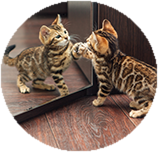
What to know before you buy or rehome an Bengal cat
Bengal cats’ temperaments make them lovely pets – but what do you need to know before bringing your new cat home?
Bengal insurance considerations
Bengals sometimes suffer with certain health conditions and may require treatment. Petplan cat insurance offers peace of mind that they will always be protected.
Get a Bengal quote